Top 10 Medieval sites
Massive medieval Grand Duchy of Lithuania is held to be the most glorious page in Lithuanian history. As such this period is recreated by enthusiasts in a multitude of weekend-long festivals held at many major medieval castles and hillforts. If you are lucky to visit during one you will witness medieval arts, crafts, and knight battles. Even outside these events the Lithuanian castles and gothic buildings reward their visitor with an atmosphere of centuries gone-by. Top 10 medieval things to do:
1.Cross the pedestrian bridge to the Trakai island castle. Now renovated and housing a Museum of Lithuanian History this water castle is certainly among the Lithuania's prime sights. Lakeside Trakai may now be a small town but it used to serve as the capital of a Grand Duchy's major province. It also had a Peninsula Castle which is now ruined. Medieval festivals: ~2nd weekend of June and ~3rd weekend of August (this one aimed at arts&crafts); both at Peninsula castle
2.Climb on top of the Vilnius Gediminas Castle (in Vilnius Old Town). Its sole remaining tower rises gracefully above the capital city, providing the place for nation's prime flagpole and (arguably) its most famous lookout site.
3.Imbibe the medieval spirit by visiting the gothic churches of Kaunas Old Town. Located at the confluence of Lithuania's two major rivers (Neris and Nemunas) Kaunas served as a trade hotspot ~14th century and four churches once frequented by Hanseatic merchants remind of that era: Kaunas Cathedral, Vytautas Church, St. Gertrude Church, St. George church. There are also secular gothic buildings nearby. Medieval festival: Mid-May
4.Check the Trakai Karaim town, kenessa, museum and restaurants to learn about this unique community brought to Trakai by Grand Duke Vytautas the Great. The local restaurants offer Karaim kibin meal. The Turkic Karaim culture originates in Crimea and, having survived six centuries so far from its homeland, it remains a living proof of how expansive the Grand Duchy of Lithuania was in the medieval times (Lithuania stretched to the Black sea encompassing most of modern-day Lithuania, Belarus, and Ukraine and was the Europe's largest state).
5.Hike at the UNESCO-inscribed Kernavė hills where the wooden castles of Lithuania's first known capital city once stood (14th century). A modern museum nearby offers a great selection of period art and jewelry as well as reconstructions of the city which were the final pagan metropolis in Europe. Medieval festival: ~July 6th
6.See how the earliest Lithuanian brick defensive installations looked like at 14th century Medininkai castle, which is a rectangular brick enclosure. Medieval festival: ~First weekend of September (concentrates on warfare).
7.Ascend the renovated tower and descend into dungeons of the Kaunas castle (in Kaunas Old Town). The interior is modest but a short hike to the Neris-Nemunas confluence the castle had been built to protect will give you a glimpse of its past importance. Medieval festival: Mid-May
8.Go to Apuolė festival of medieval warfare. While Apuolė was the first Lithuanian placename to be mentioned in foreign written sources (854 AD) no castle remained on its hillfort so there is little reason to visit outside of the festival when many knights recreate medieval warfare and crafts. Medieval festival: A weekend in late August.
9.Learn more about the medieval Lithuanian arch-enemies Teutonic crusader knights at their Klaipėda castle (Klaipėda Old Town). While the quest to remove Soviet buildings from modest castle ruins is far from completed, a modern subterranean museum has been opened inside. While the Knights are often reviled, perhaps it was the need to defend against their outposts such as Klaipėda one that consolidated Baltic tribes into a single Lithuanian nation.
10.Spend a weekend touring the Lithuanian palaces and castles in Belarus. The eastern part of Lithuanian nation became slavicised over the centuries and many of the prime lands of Lithuanian Grand Duchy remained in Belarus. Ranging from crumbling to neatly restored they certainly have a lot to offer, while the Mir castle and Nesvizh palace are recognized by UNESCO. One drawback is that you'll likely need a visa to Belarus and the process isn't simple (that's the only reason these spectacular castles are 10th on this list).
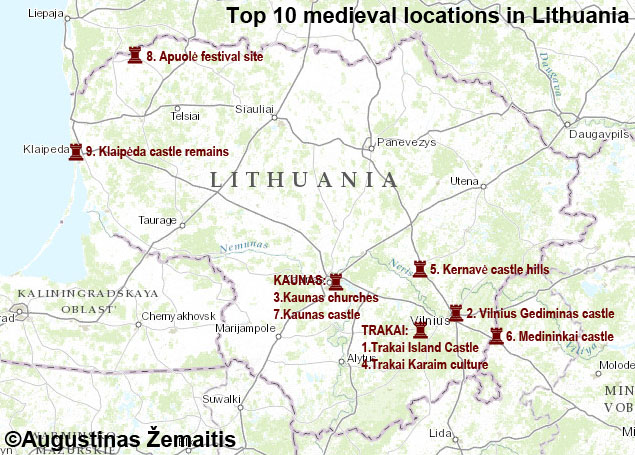
Map of the top 10 medieval locations in Lithuania. ©Augustinas Žemaitis.
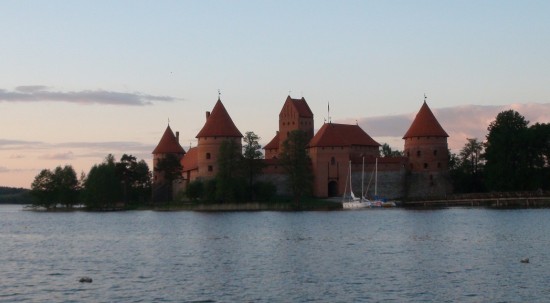
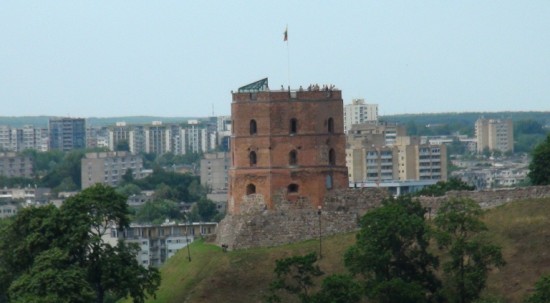
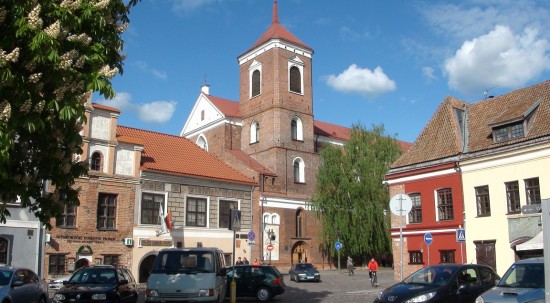
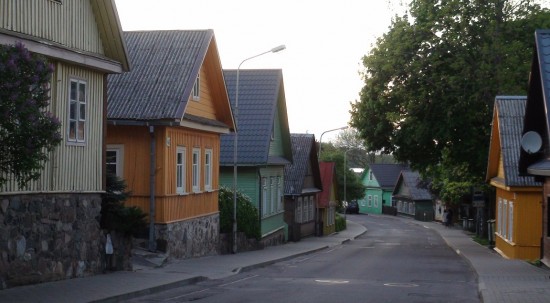
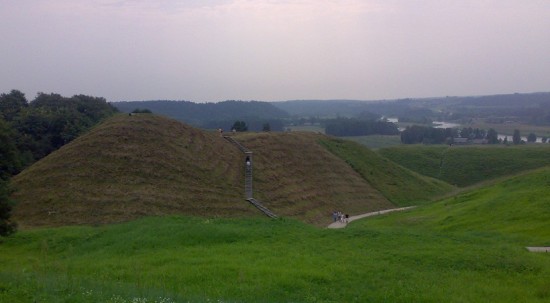
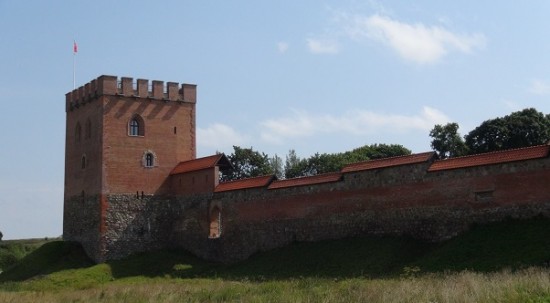
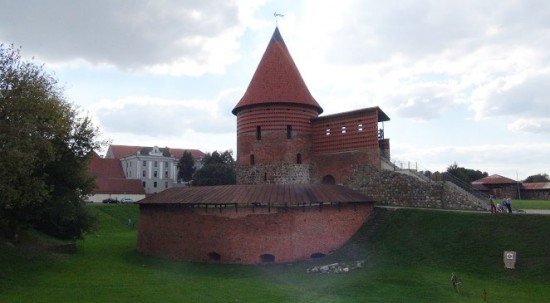
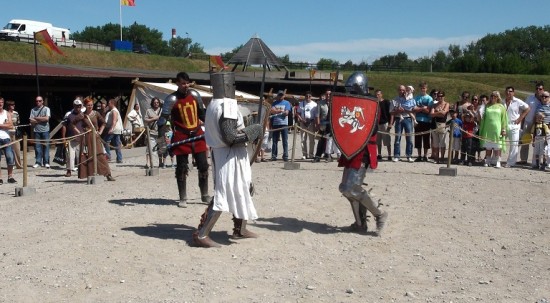
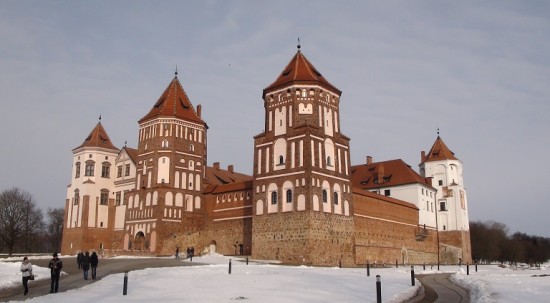



Leave a comment